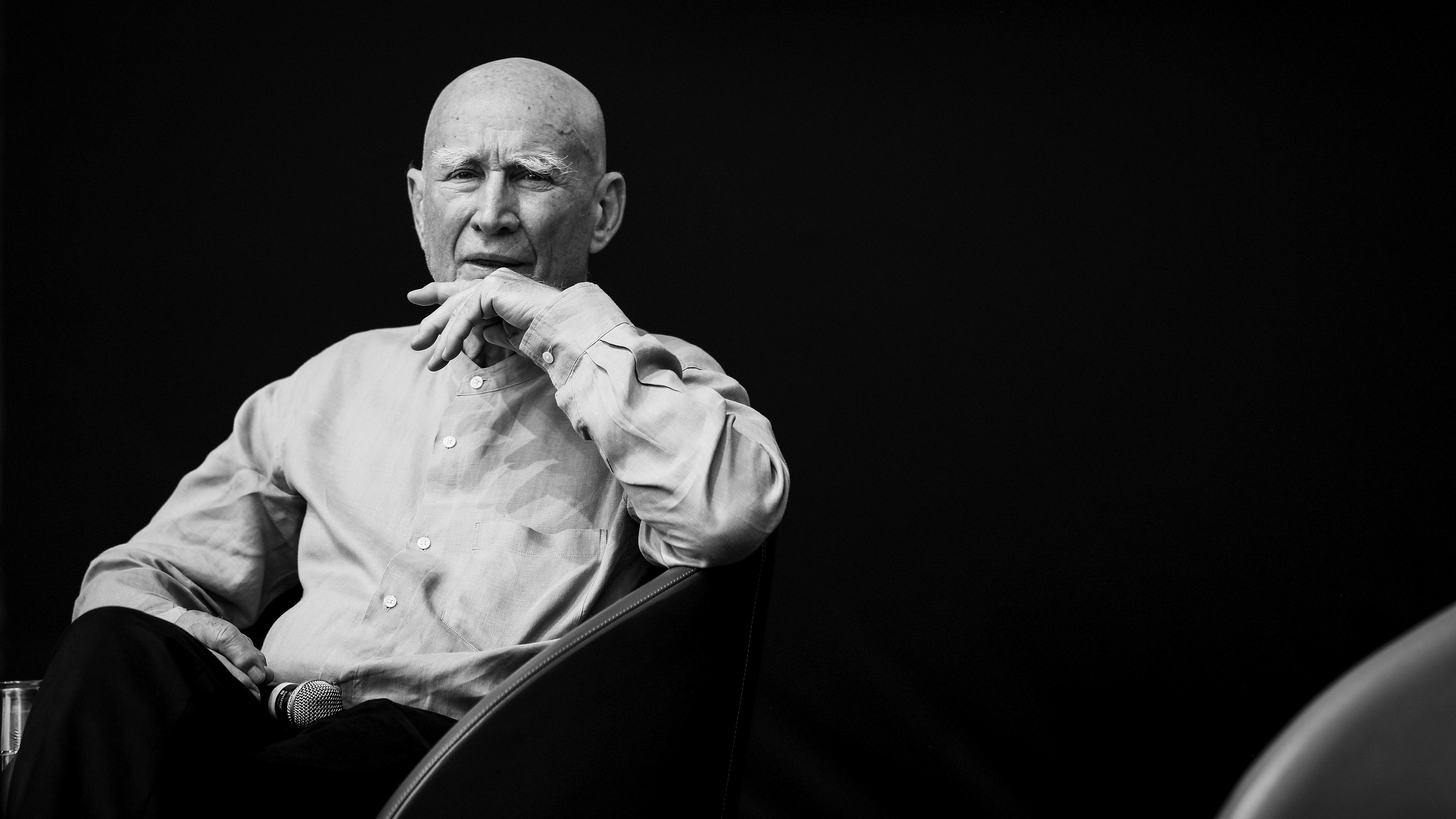James Webb Space Telescope's Pillars of Creation image blows Hubble out the water
NASA has compared the famous Pillars of Creation image from the James Webb Space Telescope to Hubble and it is astounding

There's no shortage of reasons to be amazed by NASA's James Webb Space Telescope, and the images that have been created by it and its large team. James Webb Telescope images have been shared by NASA thick and fast since its launch on December 25, 2021, and after the first images were unveiled back in July 2022.
Since then, Webb's telescope images have included an asteroid-smashing mission and a planet outside of our solar system. Each new image serves not only to increase our understanding of far-out phenomena such as white dwarfs, nebulae, and 'Cosmic Cliffs', but to marvel at how far technology has come since the Hubble Telescope started sending us images back in the 1990s.
The Hubble Space Telescope was launched into low Earth orbit in 1990 and it's still in operation today. Hubble’s cameras are better in sensitivity and resolution than when it was launched, possible through continued upgrades with several NASA space shuttle servicing missions from 1993 to 2009. Hubble – as the only visible light/UV space telescope – is expected to work in synergy with Webb well into the 2030s.
There's already an official James Webb Space Telescope gallery, where you can see all of Webb's first images and learn more about what they depict. And it's here that NASA has released a fascinating comparison image showing a comparison of the same subject side by side; with one image taken by the James Webb Space Telescope, and the other by the Hubble Space Telescope.
The finest comparison shot is of the famous Pillars of Creation, where you can see most clearly the outstanding difference in image quality and resolution between the two space telescopes. We've included it below in a higher resolution than above – open it in a full window for the best viewing experience.
Webb vs Hubble telescope - what's the difference?
Webb often gets called the replacement for Hubble, but we prefer to call it a successor. Hubble's science pushed us to look to longer wavelengths to "go beyond" what Hubble has already done.
NASA
The image shows the Hubble Space Telescope on the left and the James Webb Space Telescope on the right. "The Hubble Space Telescope made the Pillars of Creation famous with its first image in 1995, but revisited the scene in 2014 to reveal a sharper, wider view in visible light, shown in the left picture," says NASA.
It goes further, explaining that while Webb can look at the Universe in the infrared, Hubble works on optical and ultraviolet wavelengths. Stars and planets are often obscured by a dusty region surrounding them, and infrared light can penetrate this dusty shroud to reveal more of what's there.
The best camera deals, reviews, product advice, and unmissable photography news, direct to your inbox!
Webb has a much bigger mirror than Hubble does, which gives it a bigger area for collecting light, and it can peer back in time further. The last major difference is the distance from the earth that both space telescopes orbit. "Hubble is in a very close orbit around the earth, while Webb will be 1.5 million kilometers (km) away at the second Lagrange (L2) point."
Of course, since 1990 it's not just the quality of the deep-space telescopes that has improved, but the software used to resolve the images, stack them, and color them. Full credits for the image are as follows, broken down into science and image processing.
SCIENCE: NASA, ESA, CSA, STScI, Hubble Heritage Project (STScI, AURA)
IMAGE PROCESSING: Joseph DePasquale (STScI), Anton M. Koekemoer (STScI), Alyssa Pagan (STScI)
*Update from Ray Villard, Hubble Space Telescope News Chief
"Given Webb’s extraordinary performance and the public’s enthusiasm, it’s easy to overly interpret the image quality difference between Webb and Hubble. The Webb image is about 1.33 times higher resolution than Hubble at the wavelengths observed in this image.
Quantitatively, this difference a comparatively small. But qualitatively, it is nevertheless a dramatic gain, subjectively, when the two observatory images are directly compared. (Hubble and Webb sharpness over ground-based telescopic image is tenfold greater – that’s a truly dramatic gain in resolution.)"
We'll report on more James Webb Space Telescope images as they get released, from the angle of imaging than the subjects themselves.
If you're feeling inspired, why not try deep-space photography yourself, and check out the best telescopes for watching the night sky at home?

Lauren is a writer, reviewer, and photographer with ten years of experience in the camera industry. She's the former Managing Editor of Digital Camera World, and previously served as Editor of Digital Photographer magazine, Technique editor for PhotoPlus: The Canon Magazine, and Deputy Editor of our sister publication, Digital Camera Magazine. An experienced journalist and freelance photographer, Lauren also has bylines at Tech Radar, Space.com, Canon Europe, PCGamesN, T3, Stuff, and British Airways' in-flight magazine. When she's not testing gear for DCW, she's probably in the kitchen testing yet another new curry recipe or walking in the Cotswolds with her Flat-coated Retriever.

